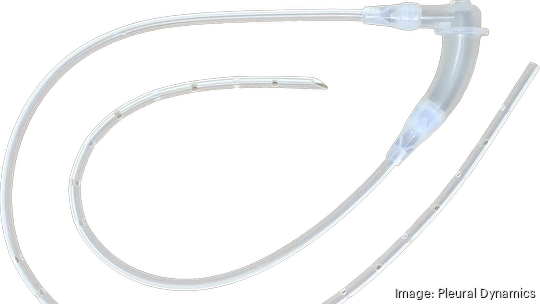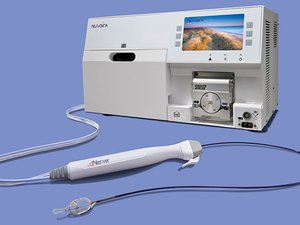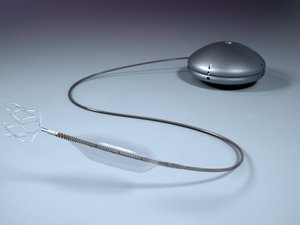
A Wayzata-based medtech startup has raised $3.2 million in a Series A funding round, with the goal of raising $5 million by the end of the round.
Good Growth Capital, based in Charleston, South Carolina, is the lead in this funding round for Pleural Dynamics, which has invented a device to treat pleural effusions. Pleural effusions are a buildup of excess fluid between the lung and the chest wall that can cause shortness of breath, cough and a poor quality of life. Pleural effusions affect about 250,000 people annually in the U.S.
Last year, the company got 510(k) clearance from the Food and Drug Administration for its device ACES, a fully implantable automatic effusion shunt. The company raised $2.2 million during its seed round in 2020.
Pleural Dynamics CEO and founder Martin Mayse said the funding will be used for a post-market clinical trial that will last about six months to prepare the product for commercial use. The company has partnered with institutions such as Johns Hopkins Hospital, Vanderbilt University Medical Center, North Carolina University School of Medicine and University of Pittsburgh for the clinical trial. The clinical trial will have about 25 participants.
Mayse worked as a lung doctor at Washington University in St. Louis and often dealt with pleural effusions. There were three different ways in which doctors treated pleural effusions, which often resulted in a week-long hospital stay and continually having to come back in to have the fluid removed, Mayse said.
"I didn't like the way that we were dealing with [pleural effusions]," Mayse said. "There is a lot of cost, not only monetarily but also to the patient's quality of life."
The device invented by Pleural Dynamics is a catheter pump chamber that is placed with part of the chamber between adjacent ribs and part of the chamber under the skin and external to the ribs. The pump chamber is used to remove fluid into the peritoneal cavity. The bloodstream then reabsorbs the fluid.
"As the patient breathes and moves, it squeezes the pump chamber and automatically pumps about a drop of fluid," Mayse said. "When you breathe 23,000 times per day, it adds up to a lot. It’s a little tiny motion that has a huge capacity to move fluid."
Before Mayse was a doctor, he was an engineer. After leaving Washington University, he co-founded the startup Nuvaira and worked there for 10 years. Mayse then went on to found Pleural Dynamics and cofound Apreo Health Inc.








